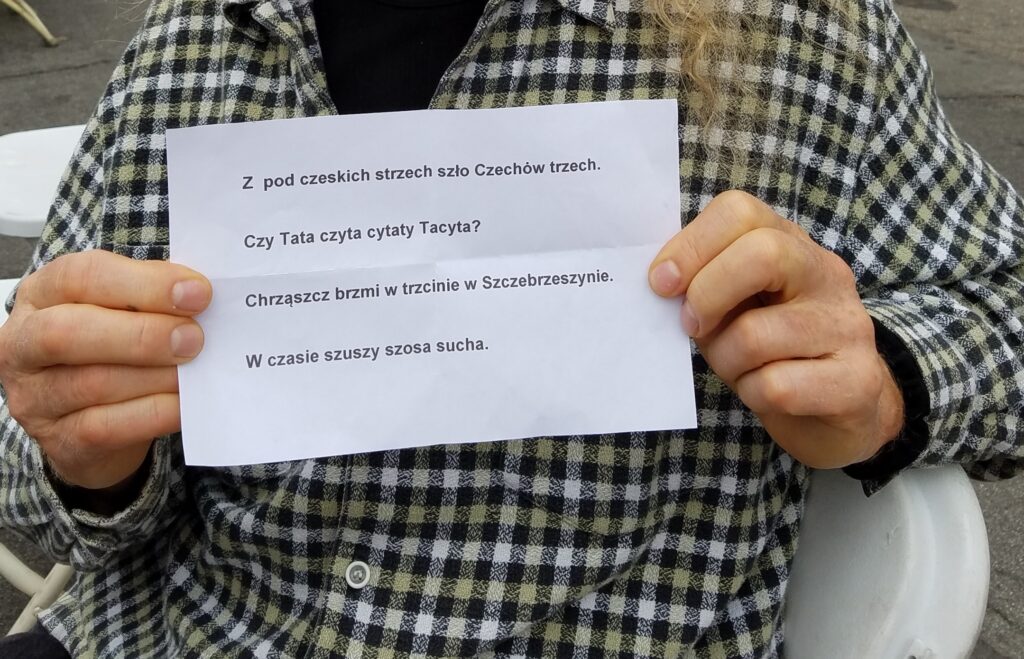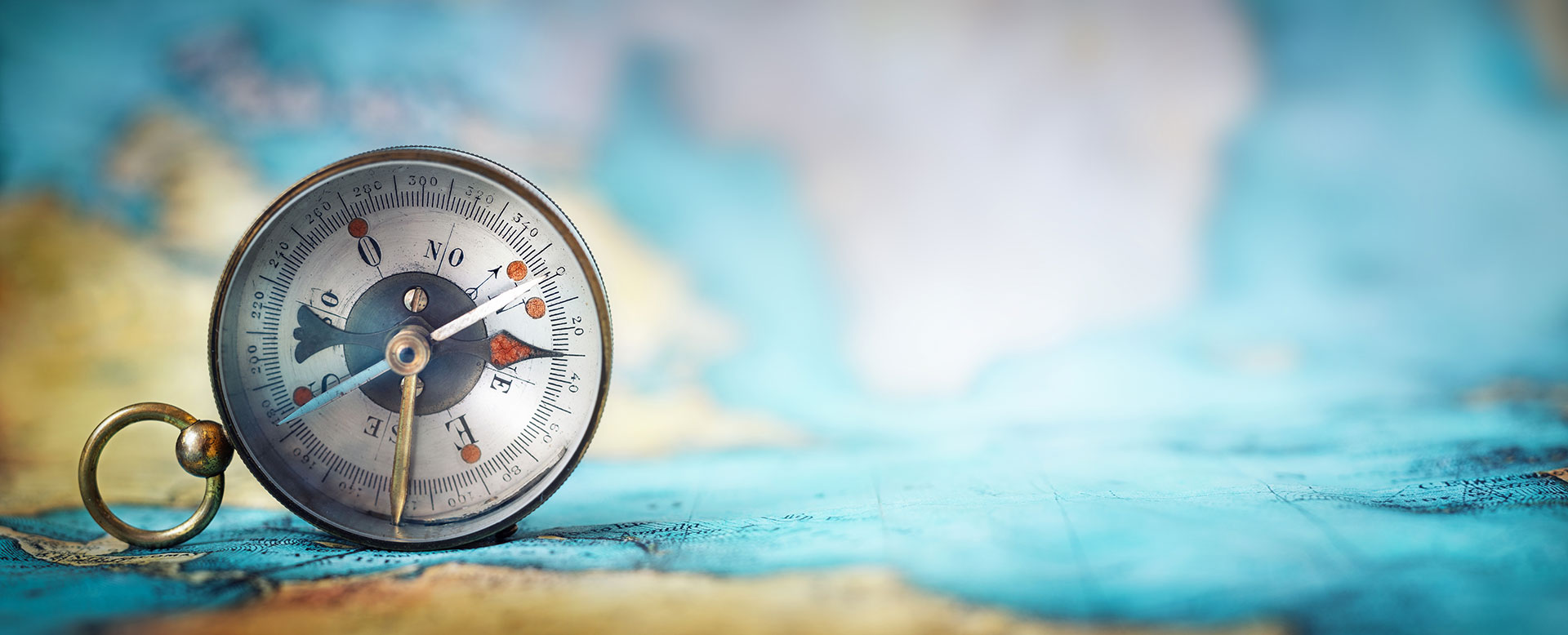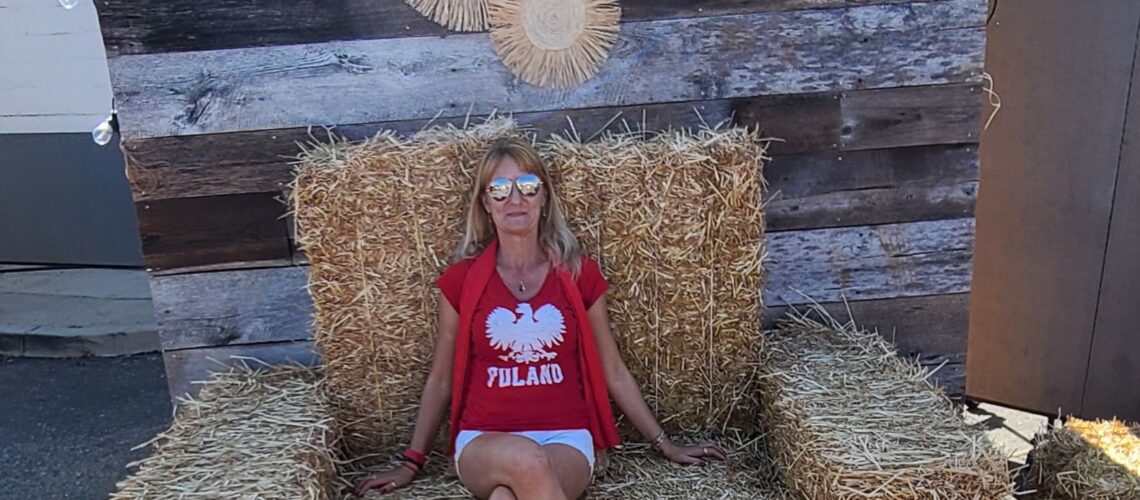
July 11, 2022
Polish traces in the world. USA – part 4
The traces of Poles can be found throughout the United States. There are numerous evidence that in the 17th and 18th centuries there were Polish settlers in various areas of colonial America. Currently, the largest and most numerous Polish communities in the United States are New York, New Jersey, Chicago, Denver and Detroit. Today we can meet Poles and people of Polish origin in every corner of the USA.
It is impossible to mention here such outstanding representatives of the Polish nation as Kazimierz Pułaski or Tadeusz Kościuszko, who, although they stayed in the territory of the United States only temporarily, went down in “golden letters” in the history of the USA, fighting here to defend the freedom of a young country.
New Amsterdam
Poles were in New Amsterdam in 1643, but documenting this fact is difficult. Firstly, some Poles already came with surnames converted into Latin, and besides, the Dutch twisted surnames in colonial documents and wrote them in various ways, often as they heard them, i.e. phonetically, not adhering to a uniform spelling. The same surnames are written in several, sometimes over a dozen, versions.
One of the Poles who settled in New Amsterdam was Daniel Litscho from Koszalin, an officer in the army formed by Dutch settlers. In 1648 he founded a tavern, took part in the political life of New Amsterdam and in military expeditions organized by the governor of the colony, Stuyvesant.
There were many dissenters among the first Polish settlers to arrive in North America. They left Poland for Western Europe, where they studied Protestant theology and felt less discriminated against there than in a Catholic country. Fantastic stories about treasures and easy life on a distant continent have tempted many people who are eager for adventures and riches. A large group of Polish dissenters, especially Arians, settled in the Netherlands, and hence some decided to emigrate overseas, to New Amsterdam.
The first representative of Polish science in the New World was Alexander Karol Kurcjusz, a professor from Lithuania, founder and head of the first higher school in New York, at the time when today’s American metropolis was still the capital of the Dutch colony and was called New Amsterdam. Shipped from the Netherlands by the West Indian Company. At the request of the colonists wishing to educate their children in Latin and in higher skills, he opened the first academy in New York in 1659 and led it for two years. It was the oldest college in the North American colonies after Harvard University is today. Kurcjusz left America in 1661, but John Rutkowski and Casimir Butkiewicz were also teachers in New Amsterdam. A Pole, Wojciech Adamkiewicz, built many houses in the 17th century in the place where New York is today.
In 1663, the Polish nobleman Albert (or Olbracht) Zaborowski settled in New Amsterdam, giving rise to the Zabriskie family, known to this day in America. He married a wealthy girlfriend, which enabled him to acquire large tracts of land in the present state of New Jersey. He knew Indian languages and was famous for his success in negotiations between the colonists and the Indian tribes. In 1682, Zaborowski became a magistrate for New Jersey’s Upper Bergen County. He died in 1711 at the age of 72, leaving five sons. One of the legends says that the eldest son was kidnapped by the Indians and, with the consent of his father, kept by them for learning the language and customs, which allowed him, like his father, to act as an interpreter and mediator in Indian colonist disputes. Some historians believe that Albert Zaborowski is related to Samuel Zborowski, sentenced to banishment and beheaded during the reign of Stefan Batory. Others, on the other hand, suggest that Albert Zaborowski came from the Arian Zaborowski family who emigrated to the Netherlands, from where they came to New Amsterdam.
The first Lutheran pastor in America, Jakub Fabrycjusz, was a Pole. It operated in the mid-seventeenth century. Documents have been found stating that Fabrizio was a pastor in Głogów, later he found himself in the Netherlands, from where he went to America.
One of the most prominent settlers in the States was a Dutch banker of Polish origin, Peter Stadnitski. He came from the Polish Stadnicki family, Arians who settled in the Netherlands. He was the head of the Amsterdam banking company Peter Stadnitski & Son. He sympathized with the independence aspirations of the American colonists, seeing for himself an opportunity to do business. He was one of the leading lending financiers to the United States. In any case, Thomas Jefferson regarded him as such. Americans needed capital to wage war and, after its end, to develop the economy and maintain an adequate state of defense. The country was devastated, at odds with many powers, Congress weak, without much financial resources. Serious European buyers were reluctant to lend such a customer because the risk involved was too high. The United States had nothing to pay even for interest. The risk was taken by Peter Stadnitski, and his example also encouraged other bankers to grant loans.
However, Stadnicki’s large-scale commercial and industrial undertakings did not bring the expected results. Speculating with American land, he purchased vast tracts of land in the area of present-day New York and Pennsylvania; however, his hopes that he would bring in settlers and sell them land did not come true. As a rule, the settlers were not wealthy buyers, and the US authorities were suspicious of a foreign company that soon ran into serious trouble. The initiative to start sugar production in America from the sap of maple trees also failed. Peter Stadnitski died in 1795.
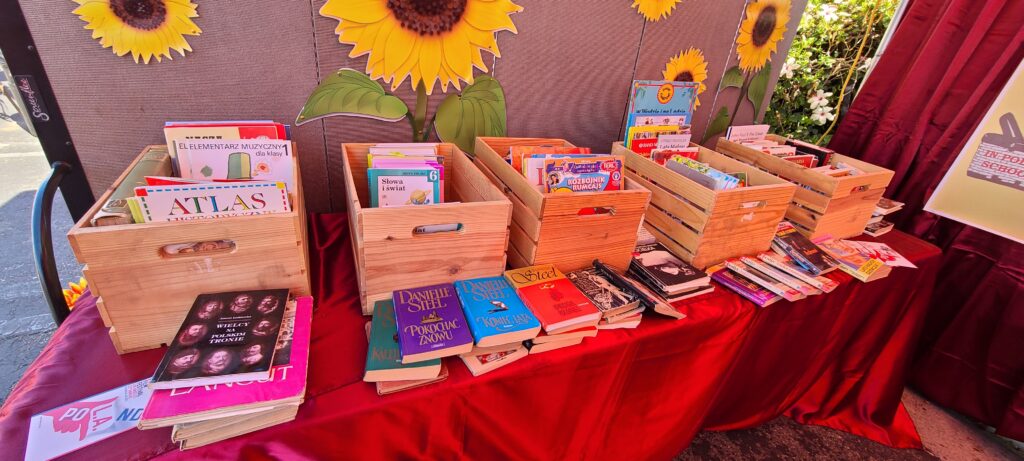
Czech brothers
A number of Poles came to North America with a Hussite sect called the Czech brothers. Escaping persecution in their country, the Czech brothers settled in Poland. One of the centers of their activity was Leszno. They were looked after by some of the powerful Leszczyński and Ostroróg families. Later, intolerance also affected them in Poland. They moved to other European countries, and then to North America. They settled in Georgia in 1735 and in South Carolina in 1753. The center of activity of the Czech brothers was the town of Bethlehem in the state of Pennsylvania. From the women of this sect, Kazimierz Pulaski ordered a banner for his Legion. Perhaps the presence of Poles or the very ties of the Czech brothers with Poland encouraged Pulaski to visit their headquarters in Bethlehem.
The Czech brothers kept very scrupulous records. In the documents one can find Polish names, incl. Piotr Wolte, born in 1745 in Swarzędz, brothers Mateusz and Krystyn Stach from Upper Silesia, Jerzy Wacław Gołkowski and Zygmunt Leszczyński who stayed in America in 1779-1795 and served as superior of the Czech brothers congregation.
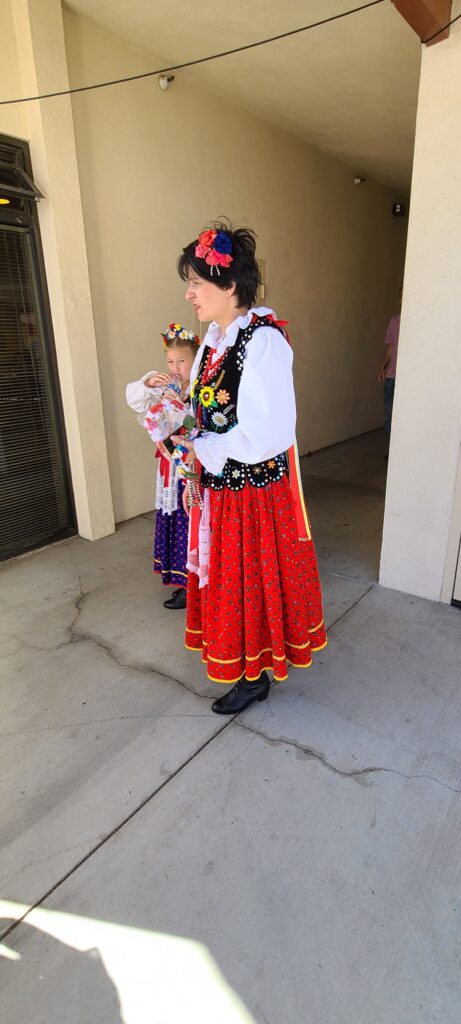
Pennsylvania
William Penn, one of the pillars of the Quaker church, wrote a letter to Jan III Sobieski asking him to prevent the persecution of the Quakers by the Gdańsk authorities in 1677. Penn was then in Amsterdam on a missionary journey. In 1681 he founded the colony of Pennsylvania in America. A large number of Gdańsk Quakers, driven from the city limits by the Protestant senate, migrated overseas in the early years of the colony’s existence in order to be able to freely practice their religion there.
Another of our outstanding countrymen who settled in Pennsylvania at the beginning of the 18th century was the Polish nobleman Jan Antoni Sadowski. He traded with the Indians, mainly in furs. In 1735, he received Pennsylvania citizenship under the name of Anthony Zadouski. Sadowski was a merchant and traveler, he acted as a representative of the governor of Pennsylvania. Because he knew Indian languages, the governor of this colony, Patrick Gordon, entrusted him with envoying missions to the Indians and peace negotiations. Conducting trade, Sadowski ventured far west, to Ohio and Kentucky. It was not a safe occupation at the time. He died at the hands of the Indians in 1774, probably in Virginia. In Ohio he founded an estate now known as Sandusky, today a large industrial center. The different spellings of Sadowski’s surname even appear in the official documents of the governor of Pennsylvania.
Sadowski left several sons who penetrated the then Wild West. They are known under the slightly changed name Sandusky. Jacob Sandusky sailed the Mississippi canoe all the way to its mouth. Several of his brothers settled in Kentucky, Tennessee. In Kentucky, the first white settlement was established in 1774, called Harrodstown. Its co-founders were the Sadowski brothers. Later, fearing Indian attacks, they moved to another place, which was called Sandisky’s Station.
Jakub Sadowski wrote diaries. The manuscript, however, was lost under unspecified circumstances. It is possible that the Sadowskis collaborated with the famous trapper and American traveler Daniel Boon. Theodore Roosevelt devoted a fragment to them in his famous book The Winning of the West. “Nevertheless, history treated the Sadowski family cruelly, depriving them of the honors given to Boone and other American travelers.” Driving through the United States today you can quite often come across a village called Sandusky.

New Sweden
Poles settled in New Sweden relatively early. The Swedes, however, lost this colony to the Dutch, who were in turn displaced by the English. There is an assumption that Fort Casimir, built on the Delaware River by Peter Stuyvesant in 1651 for defense against the Swedes, was named after the Polish king Jan Kazimierz. If so, it would be the earliest town in America bearing a Polish name. New Sweden lay at the Delaware estuary between Virginia and New Holland (present-day states of Delaware, Pennsylvania, and parts of New Jersey and Maryland). Although the New England colonies were of a very puritanic nature, Poles also settled here. The first Pole in Massachusetts was a soap maker in Dorchester, Zeleck, mentioned in chronicles in 1639.
Karol Błaszkowicz was a measurer in the English service. He made measurements on the North East coast of America in the New England area. The British Museum has preserved his maps of the area. After the war for independence, Błaszkowicz, being a loyalist, settled in Canada.
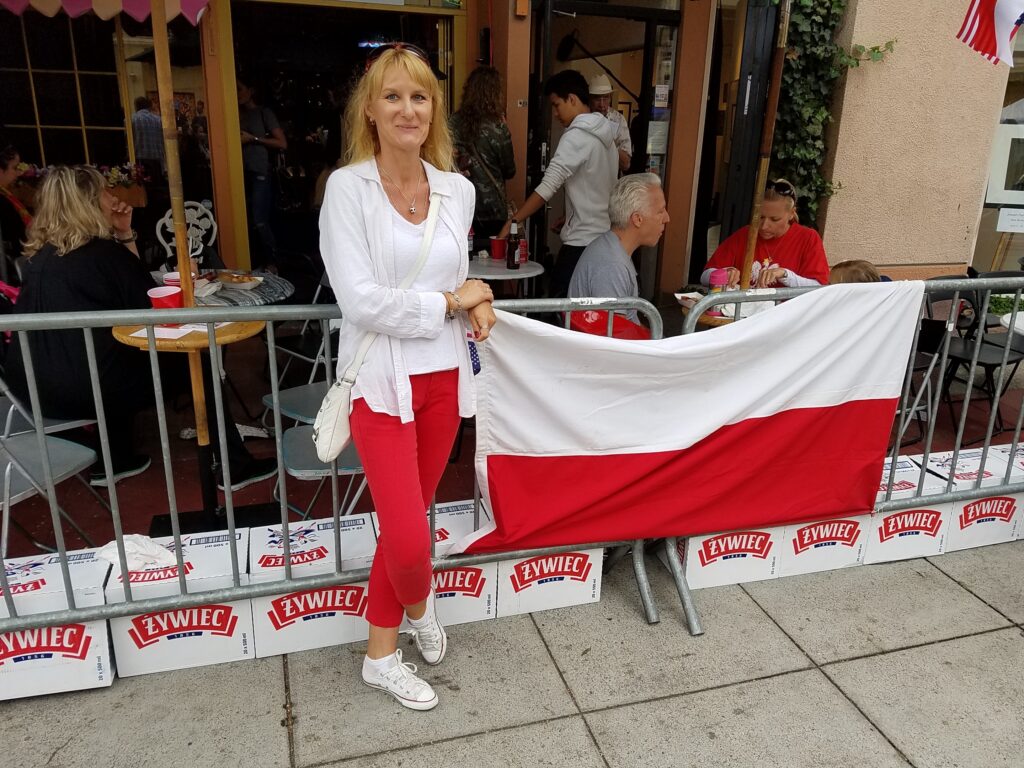
South Dakota
Another interesting place for Poles to settle was South Dakota, where Poles founded the town of Warsaw. The area of Warsaw was inhabited by Polish immigrants in the 19th century and until the 1920s it was dominated by the Polish-speaking community, most of the tombstones in the local cemetery are Polish. Built in 1901, the Catholic Church of St. Stanisława is on the National Register of Historic Places. In Warsaw, there is St. Gianna’s Maternity Home taking care of pregnant women. It was named after Joanna Beretta Moll.
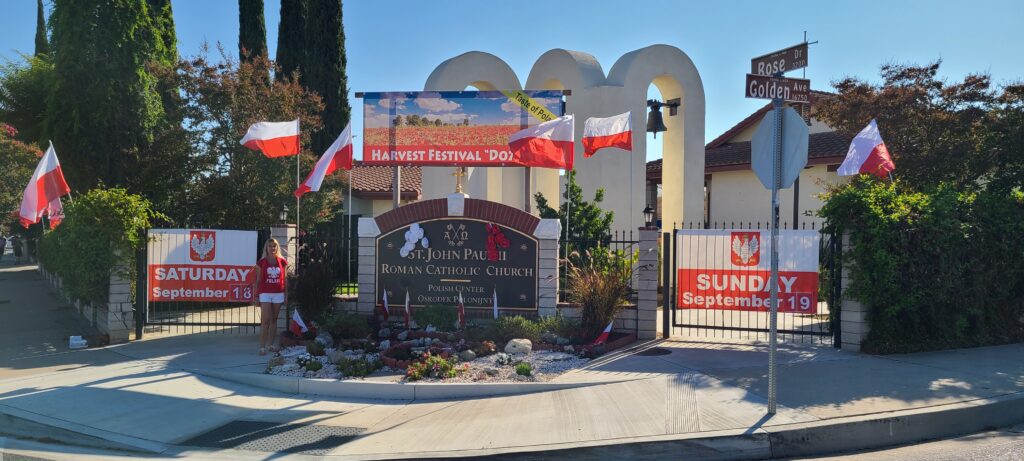
Chicago
There are three mainly Polish neighborhoods in Chicago, the most famous of which is Polish Village. Until the 1980s, a large number of Poles in Chicago lived in the Polish Village district, commonly known as Jackow, from the parish and church of St. Jack. In the years that followed, under pressure from northwestern-shifting Latino immigrants, Poles began to move along Belmont Avenue, Irving Park Road, Milwaukee Avenue, and Central Avenue north and west; an increasing number of them live in the near and farther suburbs.
Chicago is a great center of organized Polish diaspora. The first Polish deputy from this city to the Illinois parliament was an activist from Silesia, Piotr Kiołbasa. The seat of the central authorities of the Polish American Congress (PAC), the Polish National Alliance (PNA), the Polish Roman-Catholic Union (PRCU) is located in Chicago, Polish Women’s Alliance of America (PWAA), Polish Highlanders Alliance of North America (PHAA) and many other organizations.
PNA is the owner of the WPNA 1490 radio station and the publisher of the Polish Daily News, founded in 1908. The oldest Polish monument is the Church of St. Stanisław Kostka, built around 1870, and the Polish Roman Catholic Union houses the Polish Museum in America, rich in collections.
To this day, Chicago is widely recognized as the great center of the American Polish community. The 2004 Almanac of American Politics states that “Even today, in Archer Heights, you can barely walk one block without hearing Polish” (Archer Heights is a neighborhood in the southwest of the city along Archer Street. Avenue, inhabited mostly by immigrants from Podhale; on Archer Avenue there is the House of the Podhale people). Poles are the most numerous ethnic group among Chicago property owners.
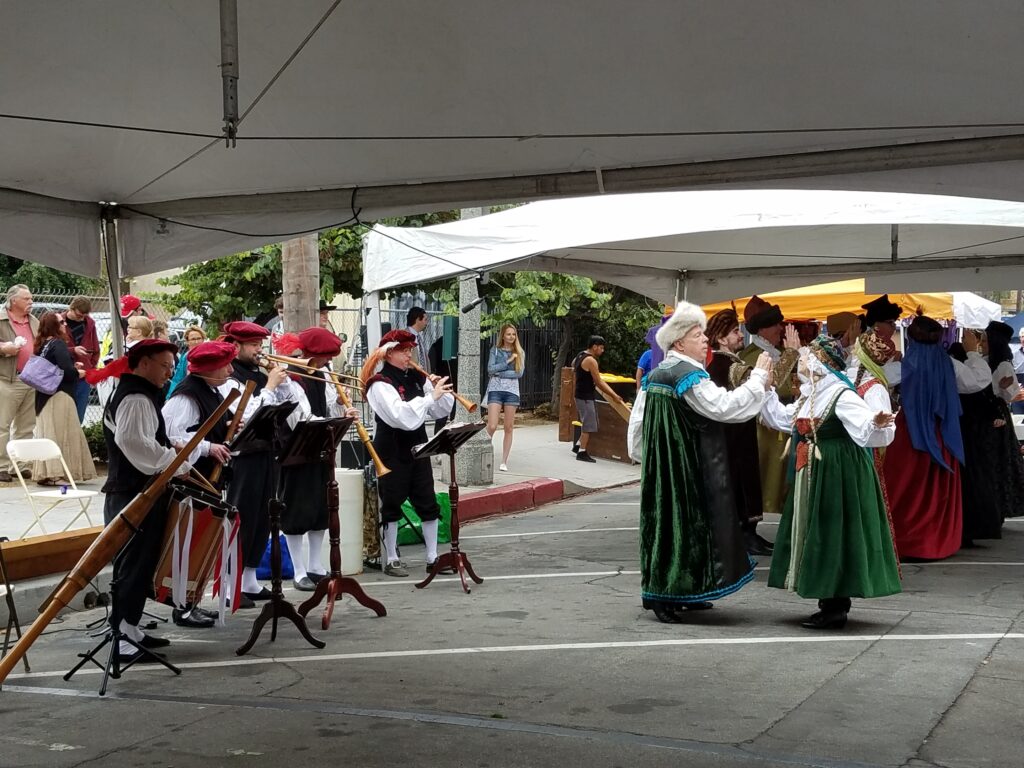
Denver
In Denver, in the former Polish district of Globeville, there is one of the Polish parishes in the western part of the USA, the parish of St. Józefa, existing since 1902. Over the last 10 years, the number of Poles living in Denver has increased significantly. Many new immigrants from Poland move to Denver for economic reasons to improve the lives of themselves and their families. As a result, the Polish school has more and more students, new Polish shops and restaurants are created, and the Polish language can be heard even in the very center of the city.

Detroit
The state of Michigan is the third largest (after New York and Illinois) centers of the Polish community. It has over 850 thousand. population of Polish origin, which constitutes 8.6% of the population of this state. Detroit is the largest concentration. Poles live there in historically Polish districts, such as Poletown and Hamtramck. The National Polish-American Sports Hall of Fame was built in the northern district of Orchard Lake. Polish sportsmen such as Stan Musial and Mike Krzyzewski were honored there.
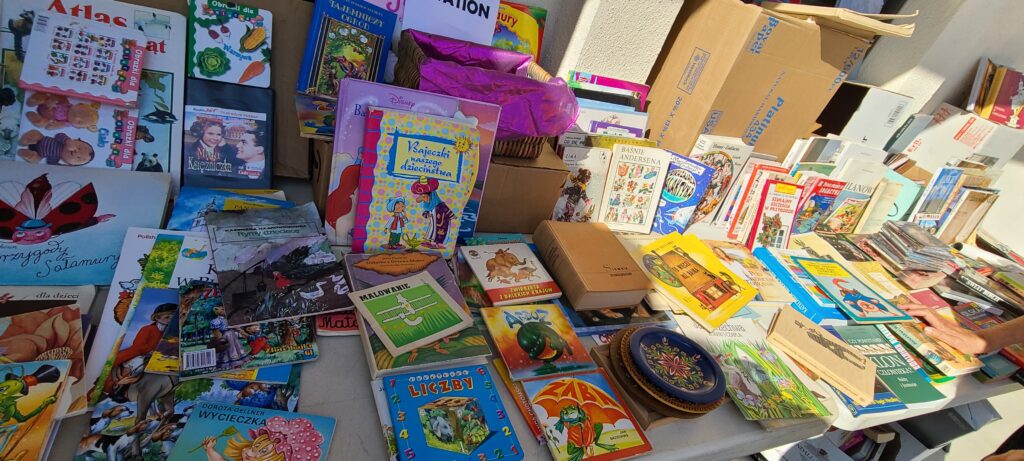
Buffalo
Buffalo, especially western New York, has a significant population of Polish descent. At one time, of all cities in America, Buffalo was second in terms of the amount of Polish heritage, after Chicago. At the beginning of the 20th century, many Polish-language magazines were printed in Buffalo. The Polish American Congress was established in Buffalo.
Poles traditionally live in the eastern part of Buffalo, The East Side. The main center of Polishness in Buffalo is the Broadway Market, on Broadway, between Gibson and Lombard streets. At one time, a small group of Poles moved from the east to the Black Rock neighborhood of Buffalo, New York, on the northwest side of Buffalo. In recent decades, Poles have tended to move further east as far as Cheektowaga, the eastern suburb of Buffalo.
